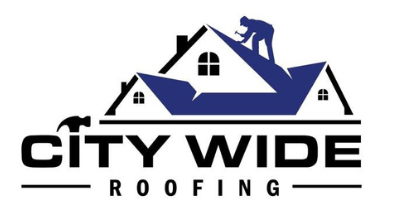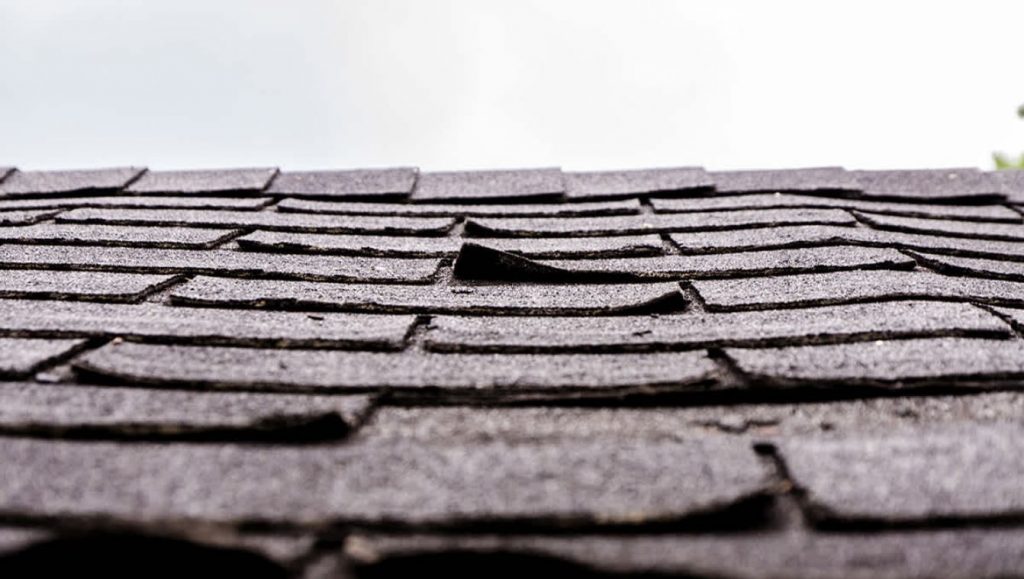Roofing is one of the most critical components of any building structure. A well-maintained and sturdy roof can protect a building from harsh weather conditions and external elements, ensuring that it remains functional for many years. However, as with all things, even the toughest roofs have a lifespan. Over time, they may start to deteriorate, leading to various problems such as leaks and structural damage. It is essential to identify these signs early on so that you can take prompt action and prevent further damage.
In this article, we will discuss some of the common signs that indicate it’s time for a roof replacement. We will cover aspects such as the age of your roof, missing or broken shingles, leaks and granule loss. By understanding these warning signals early on, you can take steps to address them before they turn into more significant issues that require costly repairs or replacements down the line.
So whether you are a homeowner or a property manager responsible for maintaining multiple buildings’ roofing systems, this article will provide valuable insights into keeping your roofs in top condition for years to come.
Age of the Roof
The age of a roof is a critical factor in determining whether it requires replacement, as older roofs are more susceptible to wear and tear, degradation, and structural issues.
Most modern roofing materials have an expected lifespan ranging from 15 to 50 years depending on the material used, weather conditions, and maintenance practices. For instance, asphalt shingle roofs typically last between 20-25 years while metal roofing can last up to 50 years.
In addition to the age of the roof, other factors such as environmental conditions like extreme temperatures or heavy rainfall can accelerate the aging process leading to premature failure of the roof.
It’s important for homeowners with older roofs to conduct regular inspections and hire a professional roofer for repairs or replacement if necessary. Failure to replace an old or damaged roof can result in costly damages such as water damage or mold growth which may also create health hazards for occupants of the building.
Missing or Broken Shingles
Missing or broken shingles are a clear indication of potential structural issues with the roof. Shingles are an important part of a roofing system as they protect the roof from harsh weather conditions and keep water out of the house. When shingles are missing or broken, it exposes the underlying layers to the elements, which can cause further damage and lead to leaks.
It is important to address this issue promptly as it can cause significant damage to your home’s structure and interior. There are several reasons why shingles may become missing or damaged. Age, wear and tear, storm damage, poor installation, and improper maintenance can all contribute to shingle problems.
If you notice any missing or broken shingles on your roof, it is best to consult a professional roofer who can assess the extent of the damage and recommend appropriate repairs or replacement options. Ignoring this issue may lead to more costly repairs in the future that could have been avoided with timely intervention.
Leaks and Granule Loss
One of the most concerning issues that can affect a roofing system is when leaks occur, which is often accompanied by granule loss on the surface of shingles. When water enters the roof through a leak, it can cause damage to the interior structure of the building and lead to mold growth.
Granule loss, on the other hand, occurs when the protective outer layer of shingles becomes worn down due to age or weathering. This can leave underlying layers vulnerable to damage from UV rays and moisture.
Leaks and granule loss are often signs that a roof may need to be replaced. It’s important for homeowners to regularly inspect their roofs for any signs of leaks or granule loss, as catching these issues early can prevent further damage from occurring. If left untreated, leaks and granule loss can lead to more severe problems such as structural damage and higher energy bills due to heat loss in colder months.
Consulting with a professional roofing contractor is recommended for proper assessment and repair of any roofing issues. Homeowners should be vigilant about detecting leaks and granule loss on their roofs as they are key indicators that a roof replacement may be necessary. Early detection can save money in repairs costs in addition to preventing more severe damage from occurring over time.
By consulting with an experienced roofing contractor, homeowners can get expert advice on how best to address any concerns they have regarding their roofing system’s overall health and longevity.
What Are The Safety And Building Code Considerations For A Roof Replacement Project?


